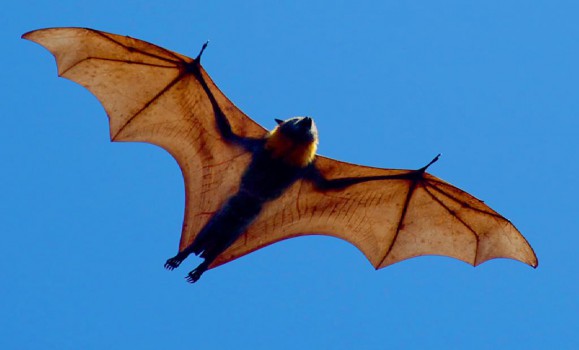By Paul Hemsley
The Queensland government has given councils the all-clear to take aim at “problem” flying foxes in an effort to mitigate the potential health hazards they present.
The approval follows a long campaign by councils which demanded that the state government cut “red tape” that previously hindered them from shifting flying fox infestations.
The Campbell Newman government has now created a framework that it hopes will permit councils to move the bats along in a humane manner.
Announced by Minister for Environment Andrew Powell, the new plan gives councils a so-called ‘as-of-right’ authority to remove flying fox colonies from designated urban areas without the need for a permit from the Department of Environment and Heritage Protection.
Although the scrapping of the permit system is meant to make the process easier for councils, local governments will still need to follow a code of practice to ensure that dispersals are carried out in a way that best manages both associated risks and animal welfare issues in accordance with federal, state and local government laws.
However applicants that are not councils who want roosts outside the designated urban areas shifted will still need to get a permit, prompting Mr Powell to make assurances that that this “will be a much simpler process”.
The new bat framework has addressed the demands of the Local Government Association of Queensland (LGAQ), which has persistently raised the issue of problem bats and the health problems and property damage they cause.
Mr Powell took aim at the previous Labor government and said that “we will always put the health and wellbeing of people above flying foxes”.
The bat numbers have been an increasing worry for Queensland councils because of the health risks they pose to both the human population, livestock and domestic pets.
The state government has provided details about the bacteria and viruses that flying foxes have been known to spread, including Australian bat lyssavirus (ABLV), Hendra virus, histoplasmosis, leptospirosis and salmonella.






Leave a Reply